Public Outreach
National Geographic Society makes possible expedition to active volcano in Guatemala
August 2016
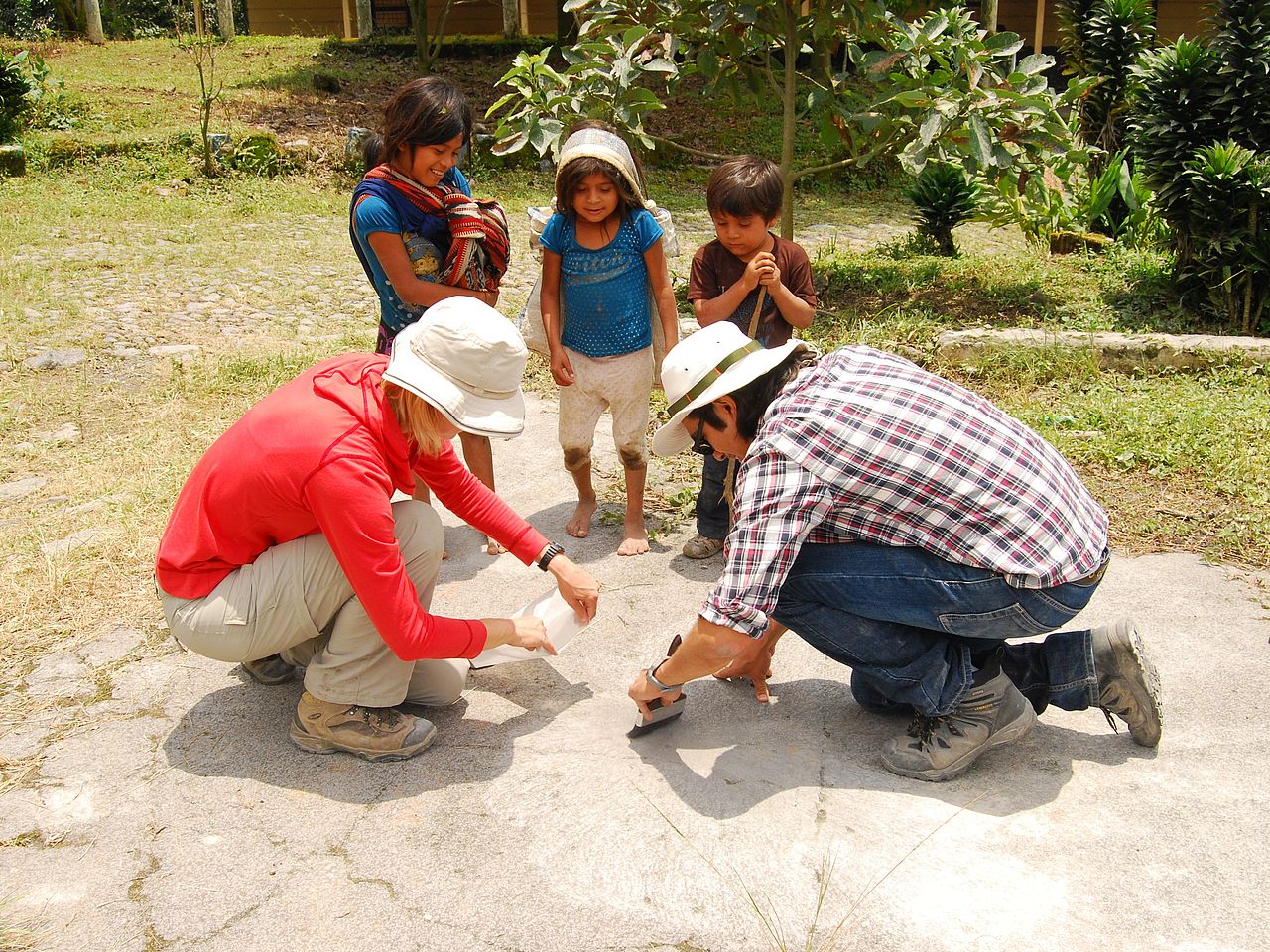
Local kids watch curiously how we collect the fresh volcanic ash from the concrete floor – and they probably wonder what on earth we are doing there.
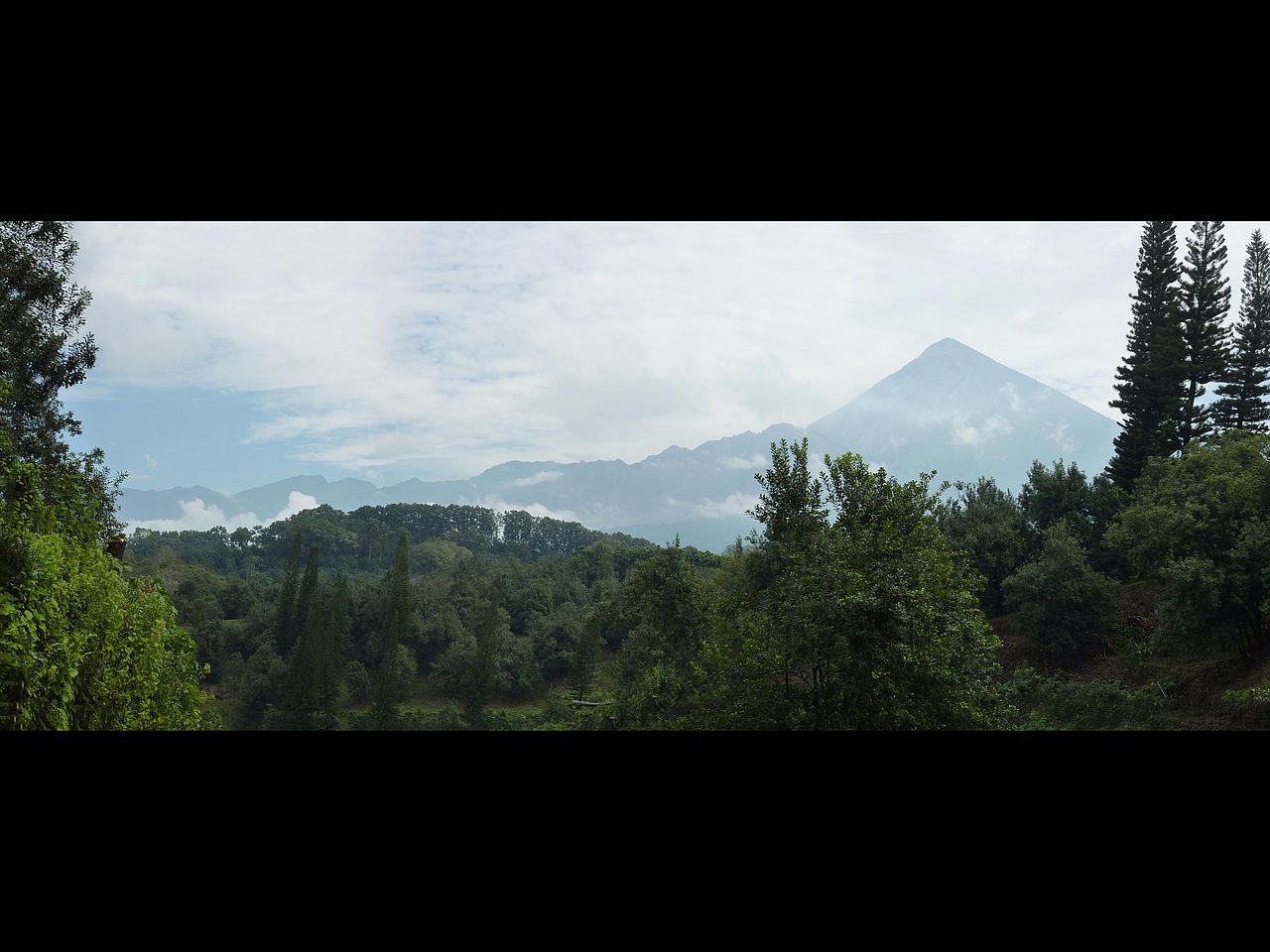
Santa María volcano (peak on right) and Santiaguito volcano with its four domes (on left). Currently, the Caliente dome of Santiaguito (first hump to the left of Santa María) is frequently erupting.
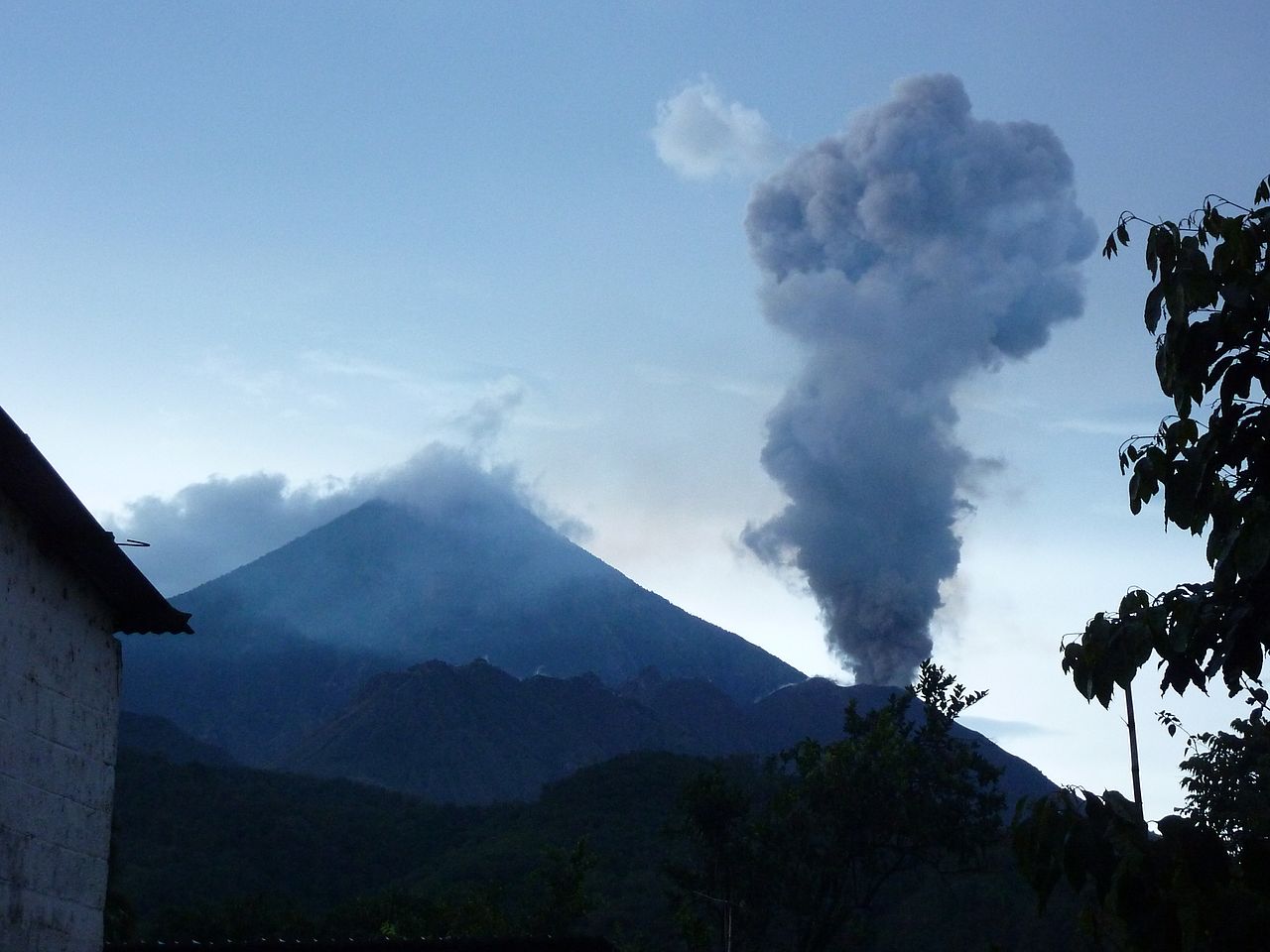
We were very lucky to observe an eruption from the Caliente dome of Santiaguito volcano with an ash plume rising above the crater and spreading over the sky. We watched the eruption from Loma Linda, a small village only 6 km away from the volcano. The peak to the left is the stratovolcano Santa María.
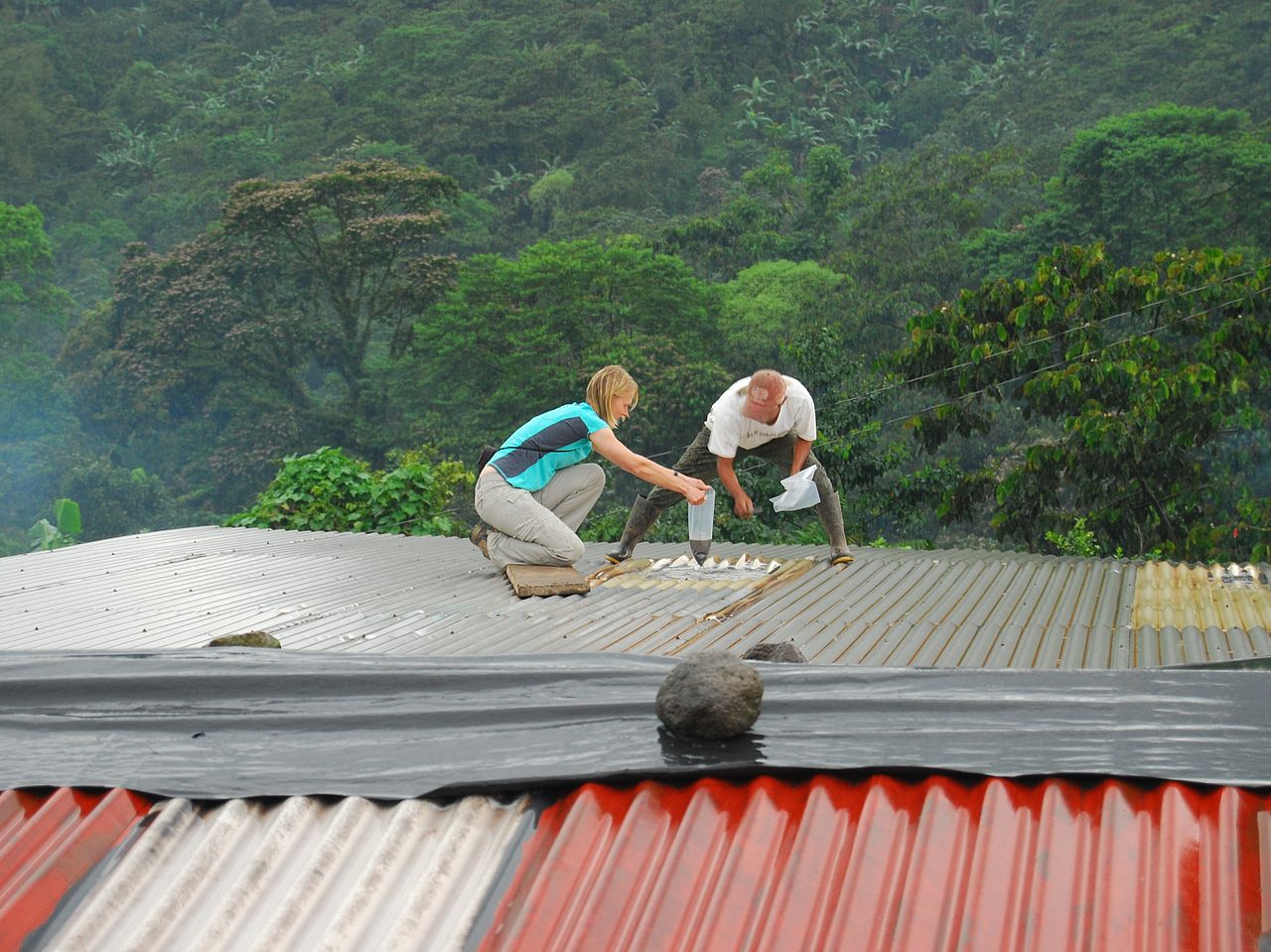
Collecting volcanic ash from a trough in the corrugated metal roof of the house of the town’s teacher. Getting to the trough without breaking through the thin creaky roof was a challenge.
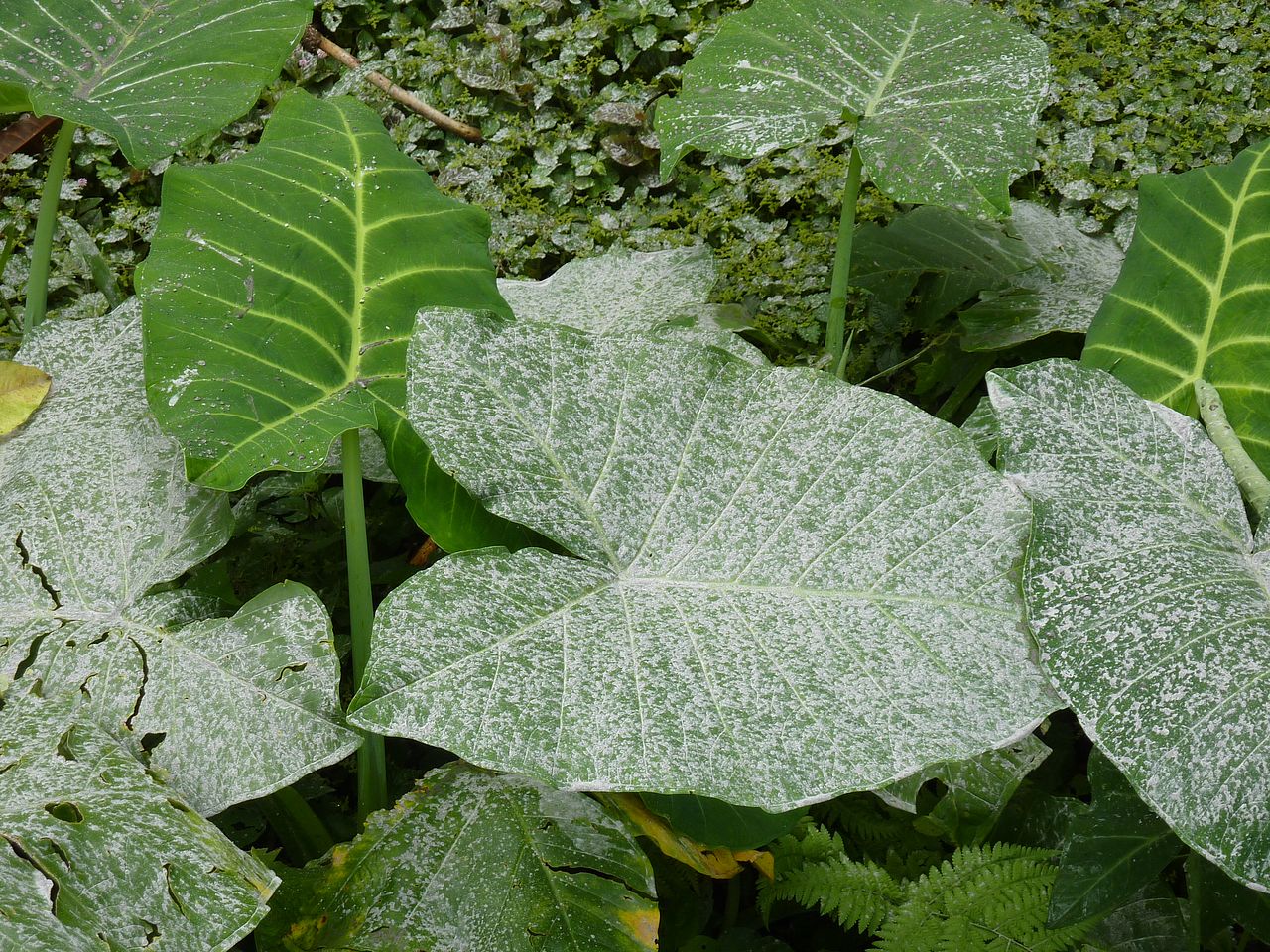
All the vegetation is covered with fresh volcanic ash. Luckily, there was a heavy thunderstorm with torrential rain yesterday afternoon that had washed away all the older ash. For that reason we know for sure that this ash fell last night and is only a few hours old.
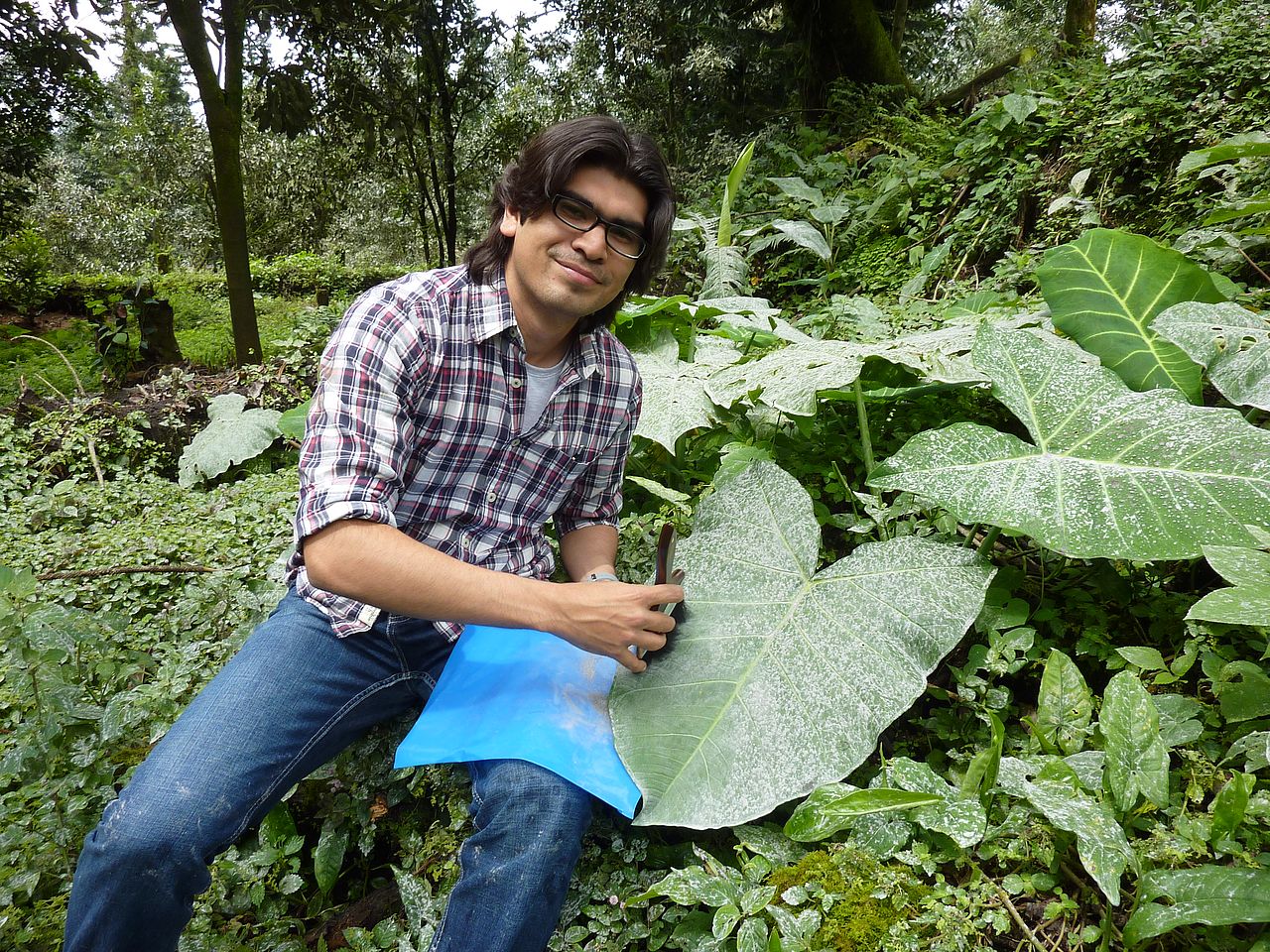
Sweeping the fine fresh volcanic ash layer with a paint brush off huge leaves. We will have to sweep off many, many more leaves to collect a sufficient amount of ash…
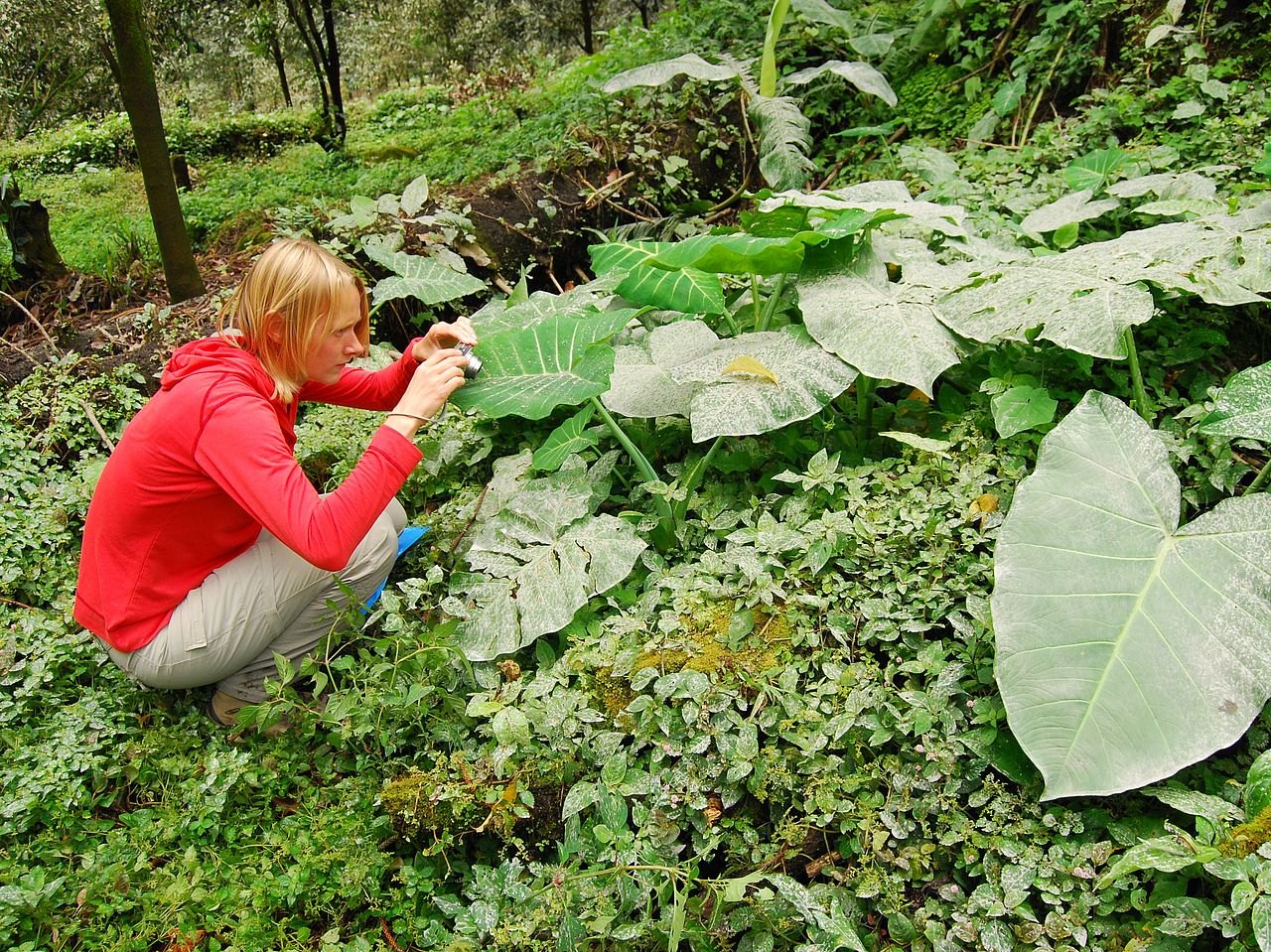
Taking pictures of the ash covered vegetation and documenting our work for the National Geographic Society who funded the project.
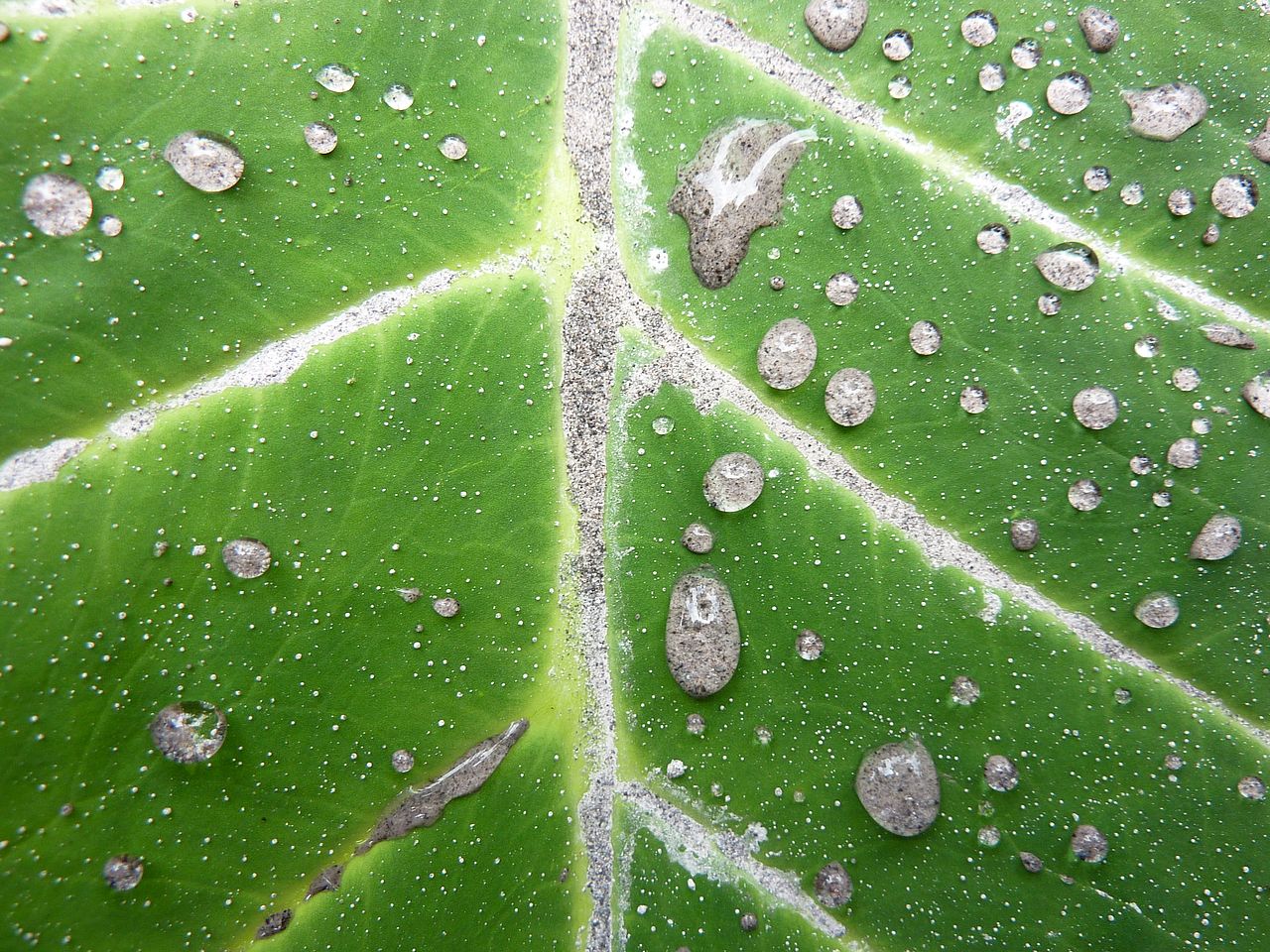
Fresh volcanic ash trapped inside rain drops. These rain drops on a leaf are the only relicts of the heavy rain yesterday afternoon. The immense water masses have drained as floods into the rivers and the remaining water evaporated quickly at the hot temperatures.
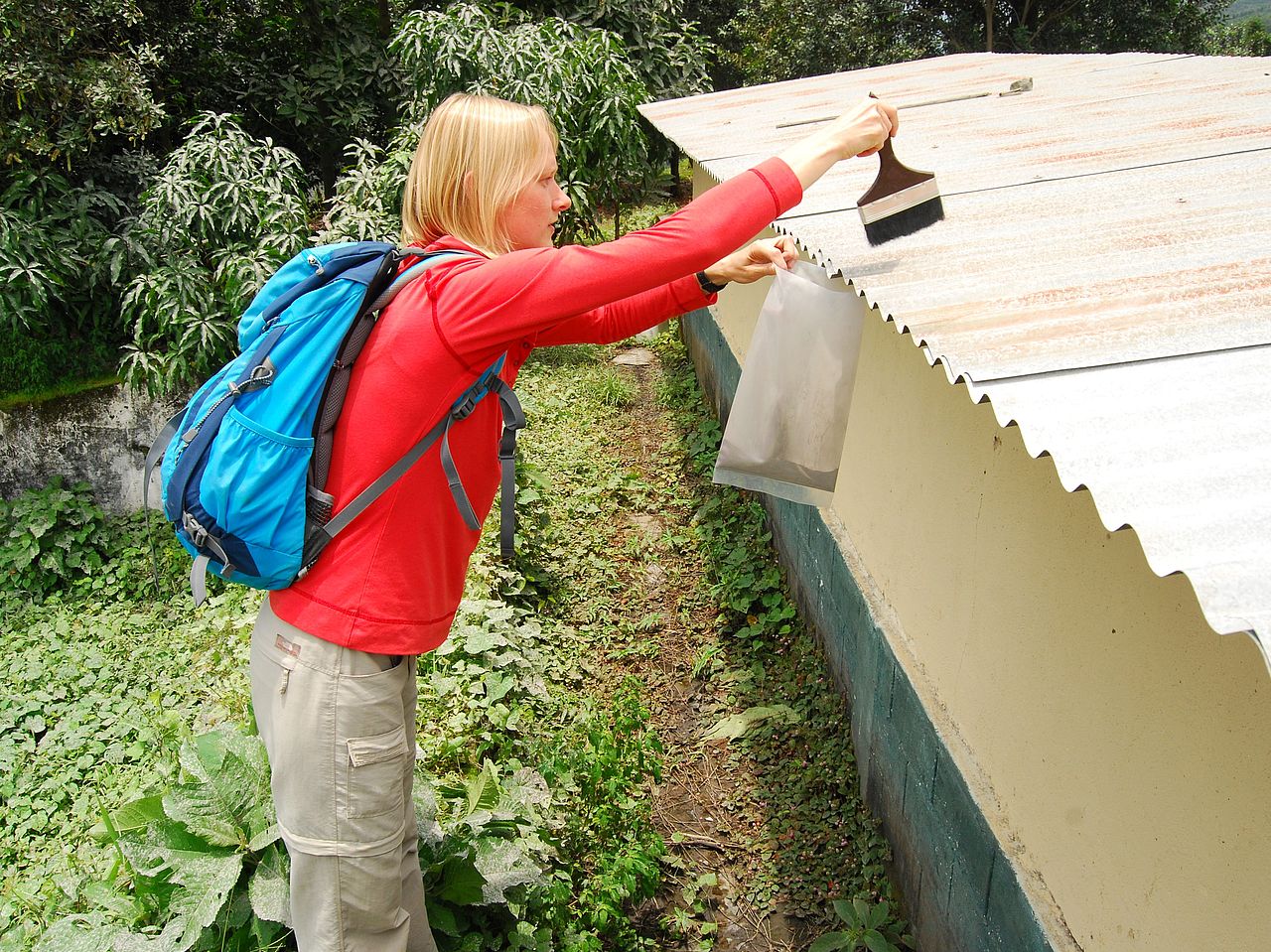
Sweeping the fresh volcanic ash off a corrugated metal roof into the sample bag. We try to find large surfaces with an ash layer to be able to collect enough material for our analyses.

Sweeping the fresh volcanic ash off a corrugated metal roof into the sample bag. We try to find large surfaces with an ash layer to be able to collect enough material for our analyses.
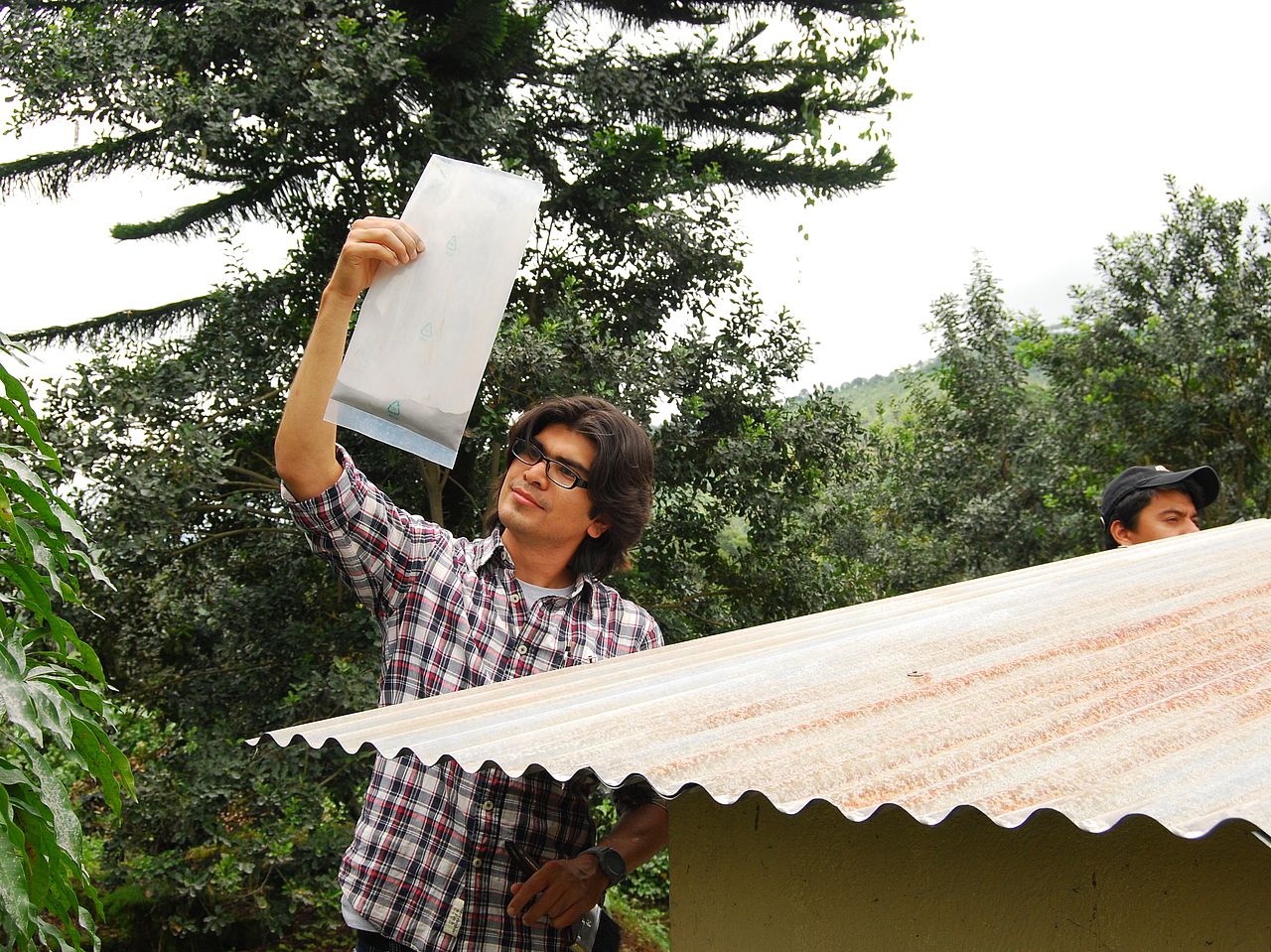
That looks good already but we will still need some more…
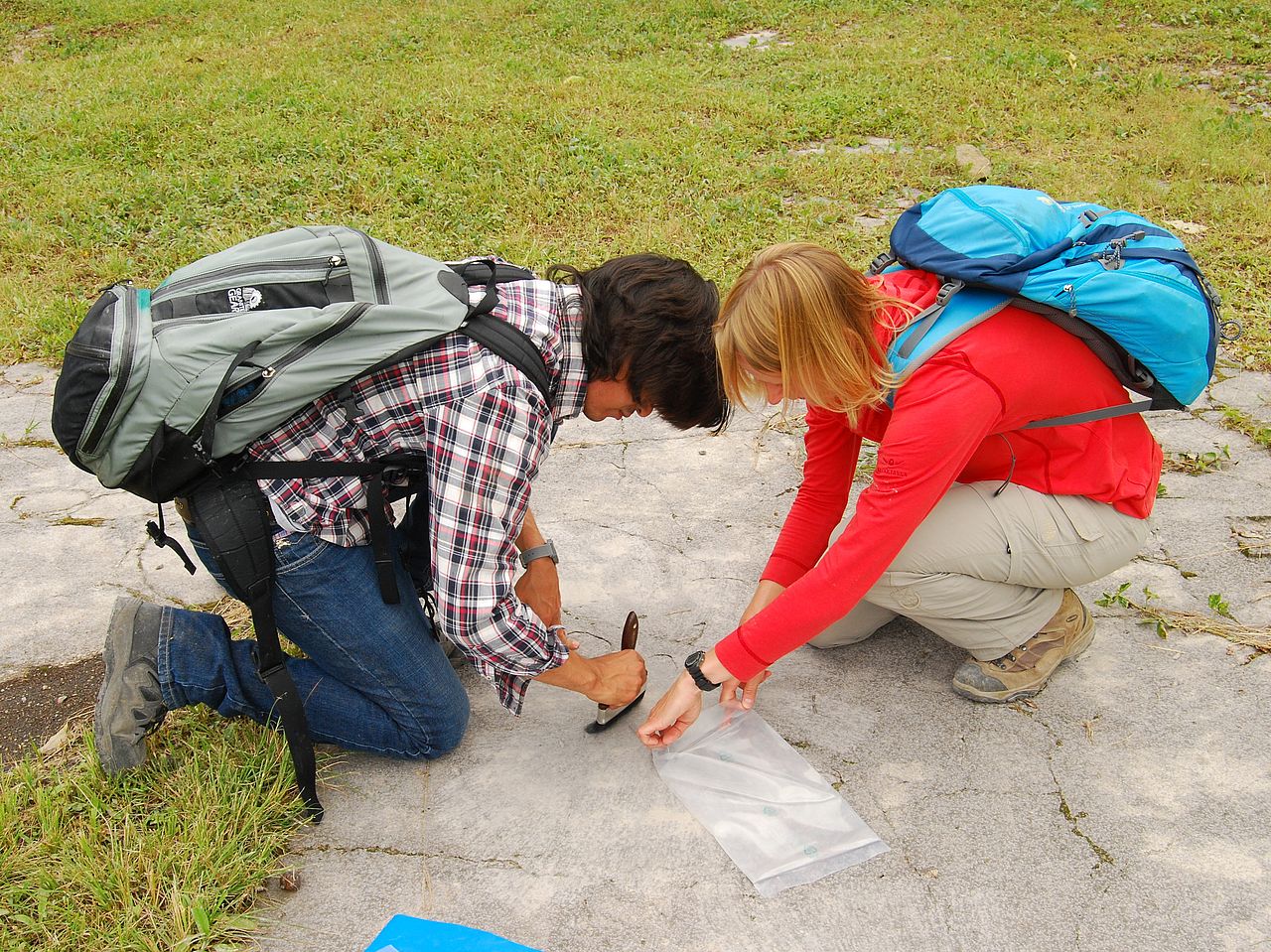
Sweeping the fresh volcanic ash off the concrete floor. The bag needs to be half full at least.
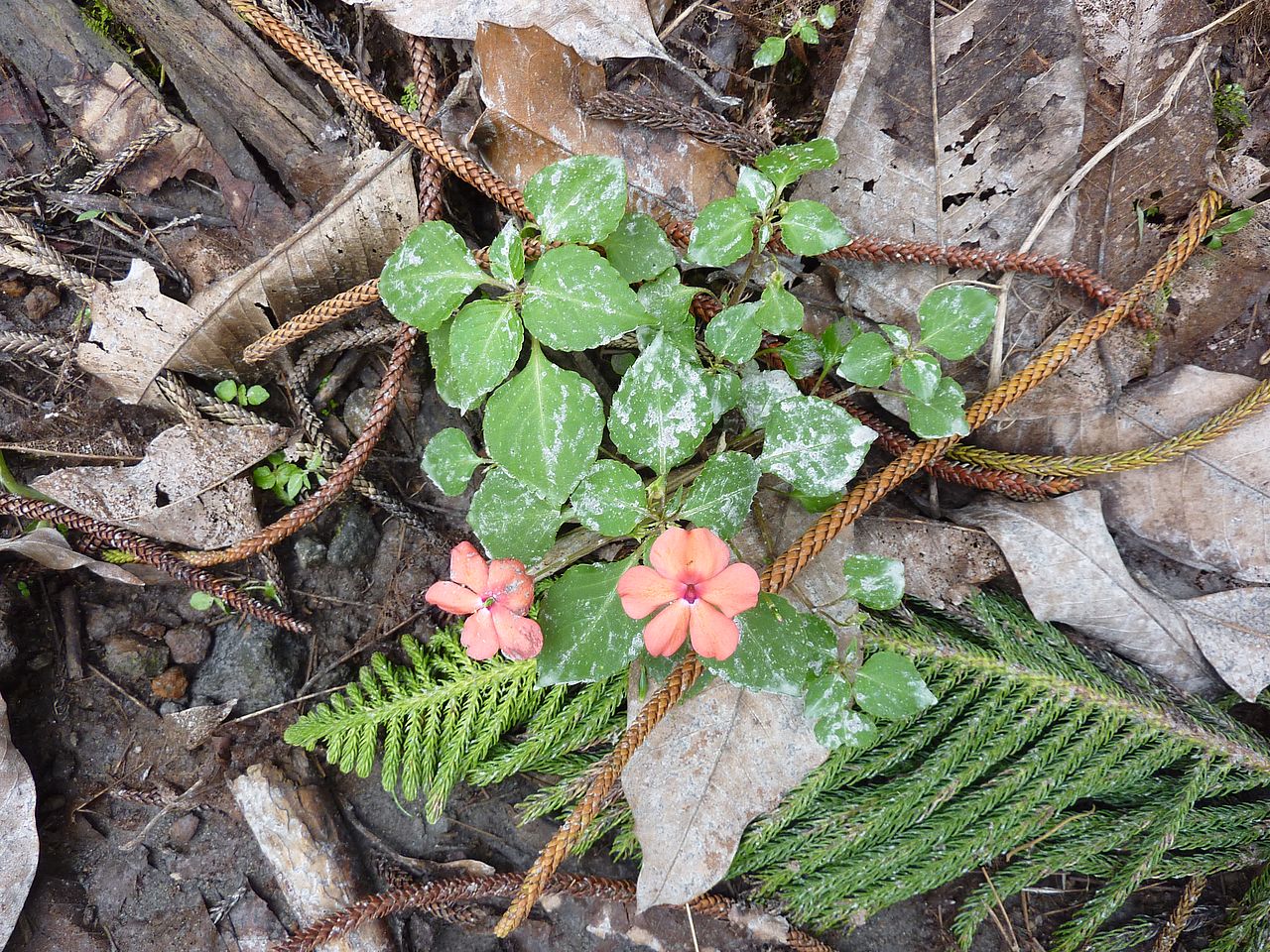
Colorful flower covered with ash. In the surroundings of an active volcano the plants have to brave the falling ash again and again.
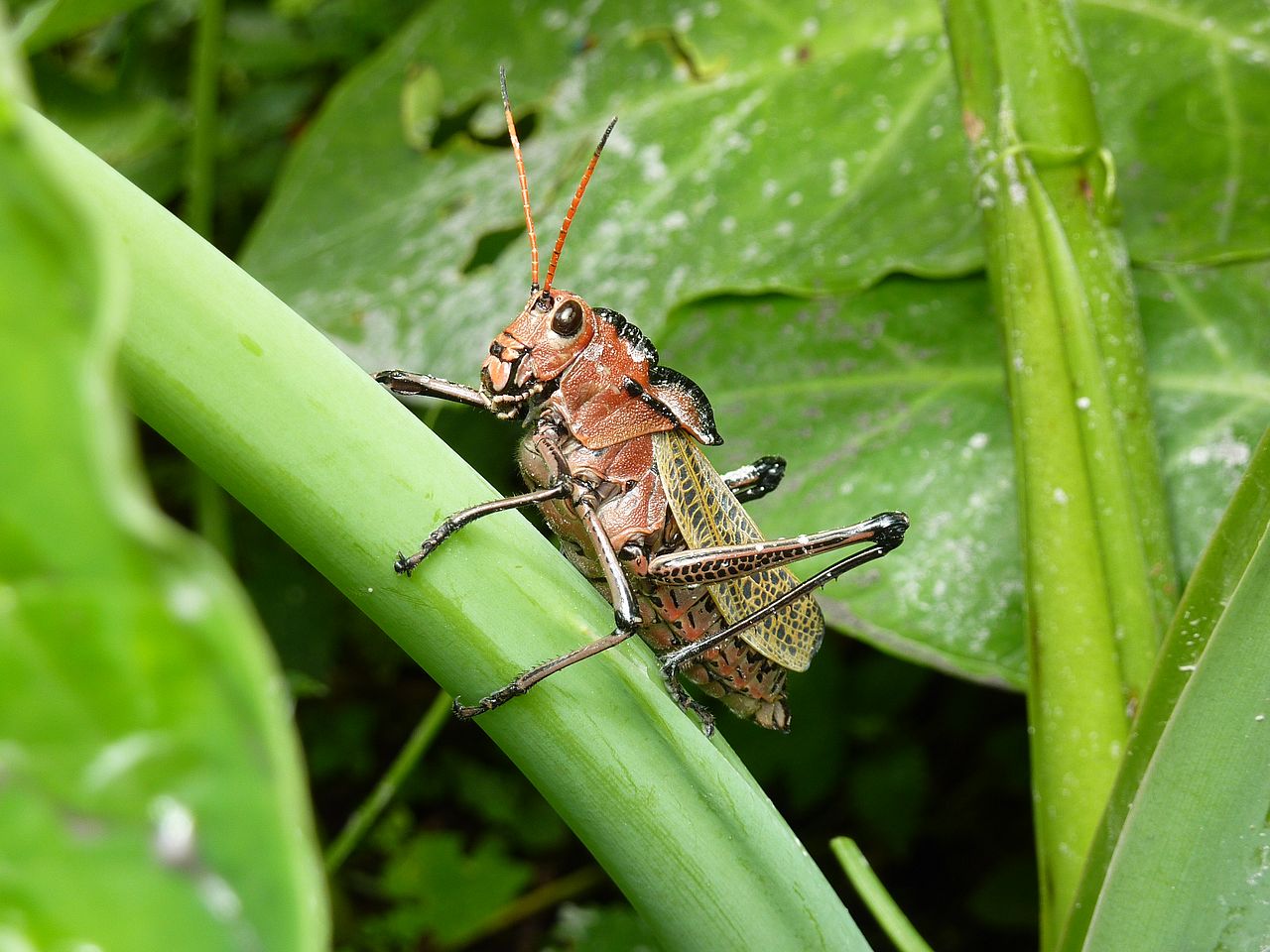
Grasshopper amidst ash covered leaves. In the surroundings of an active volcano the animals have to brave the falling ash again and again. Sometimes their bodies are covered with ash as well.
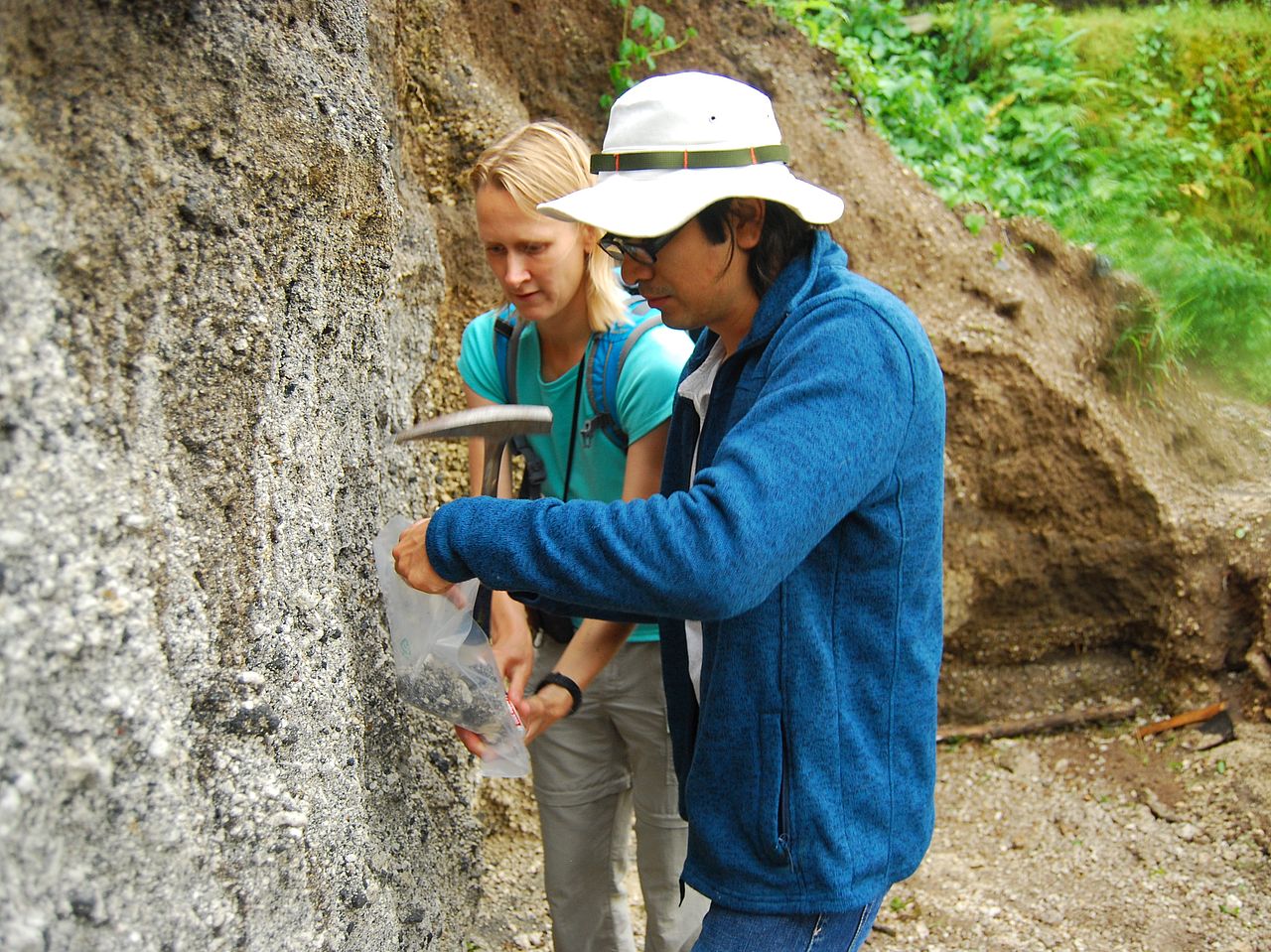
Picking pumice out of a deposit from the 1902 eruption of Santa María volcano. That eruption was one of the largest volcanic eruptions of the 20th century. It blasted a large crater in the side of Santa María in which Santiaguito volcano formed later.

Lago de Atitlán with the volcanoes Atitlán, Tolimán, and San Pedro. The lake is situated in a caldera which formed after the explosion of a huge volcano.
On August 16th, 2016 the volcano Santiaguito in Guatemala, one of the most active volcanoes in Central America, had an extraordinarily strong eruption with an ash cloud rising high into the air and spreading over hundreds of kilometers. Only a few days later, Sonja Storm and Alejandro Cisneros from the Institute of Geosciences set out for Guatemala as “explorers” of the National Geographic Society – Northern Europe to sample the freshly fallen ash of the volcano. The scientists want to compare this ash with material of volcanic origin that has been dug out of faraway archeological sites in the modern-day Yucatan, and whose origin remained an enigma up to now.
Kinderuni 27.2.2016
Workshop: Magma, Explosions and Ash: Volcanologist for one day
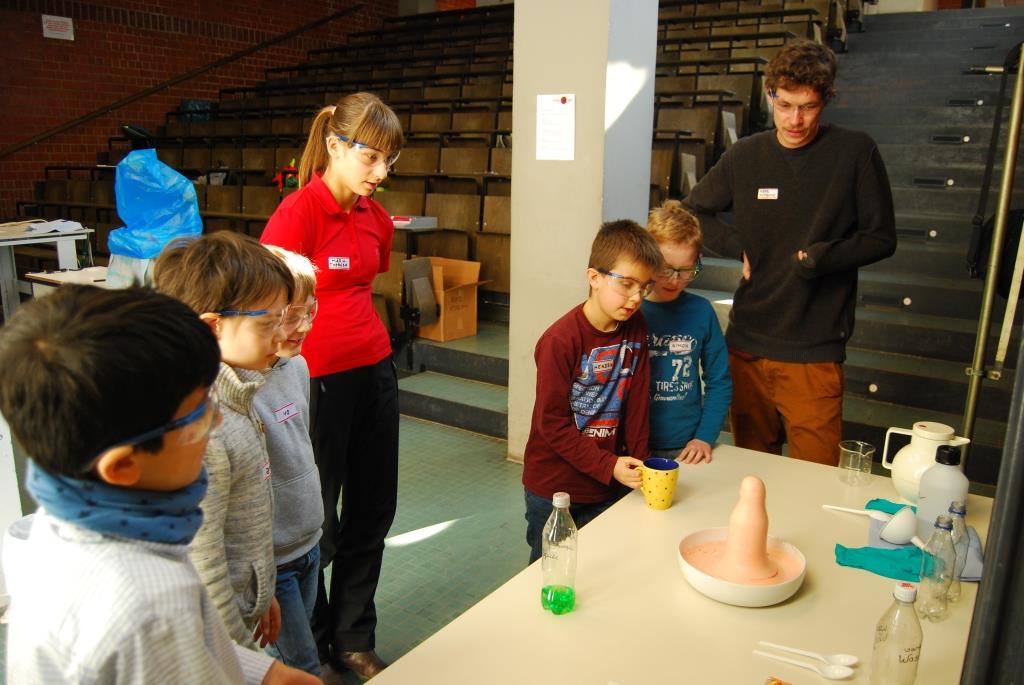
Experiment "Effusive (= outflowing) Eruption“ – Why does lava sometimes flow out of a volcano very calmly? We produce our own "lava"flow.
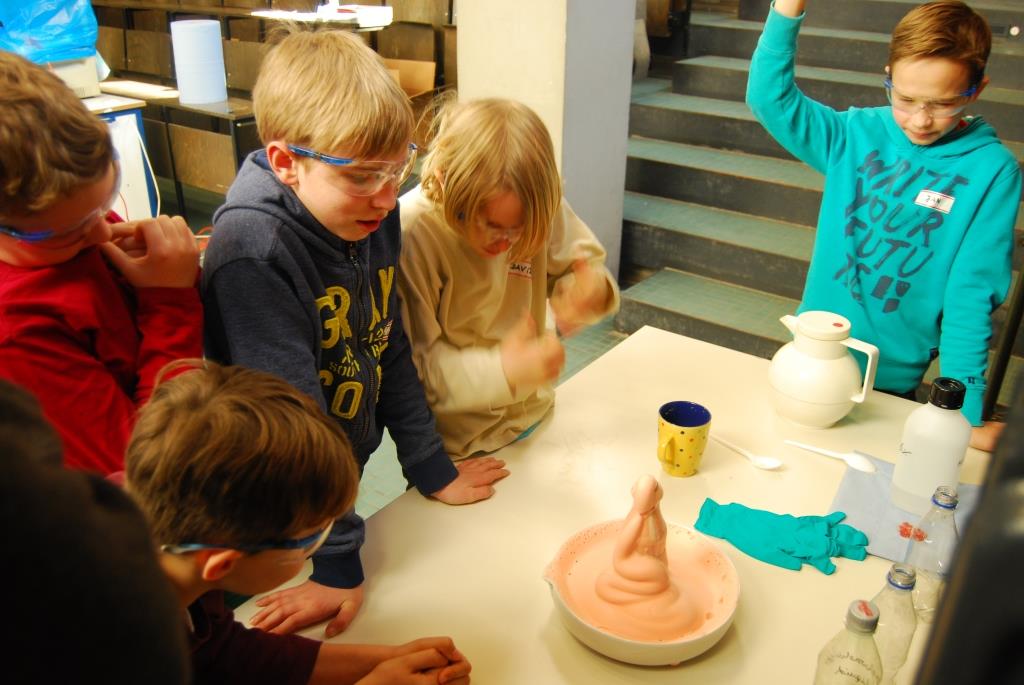
Experiment "Effusive (= outflowing) Eruption“ – Why does lava sometimes flow out of a volcano very calmly? We produce our own "lava"flow.
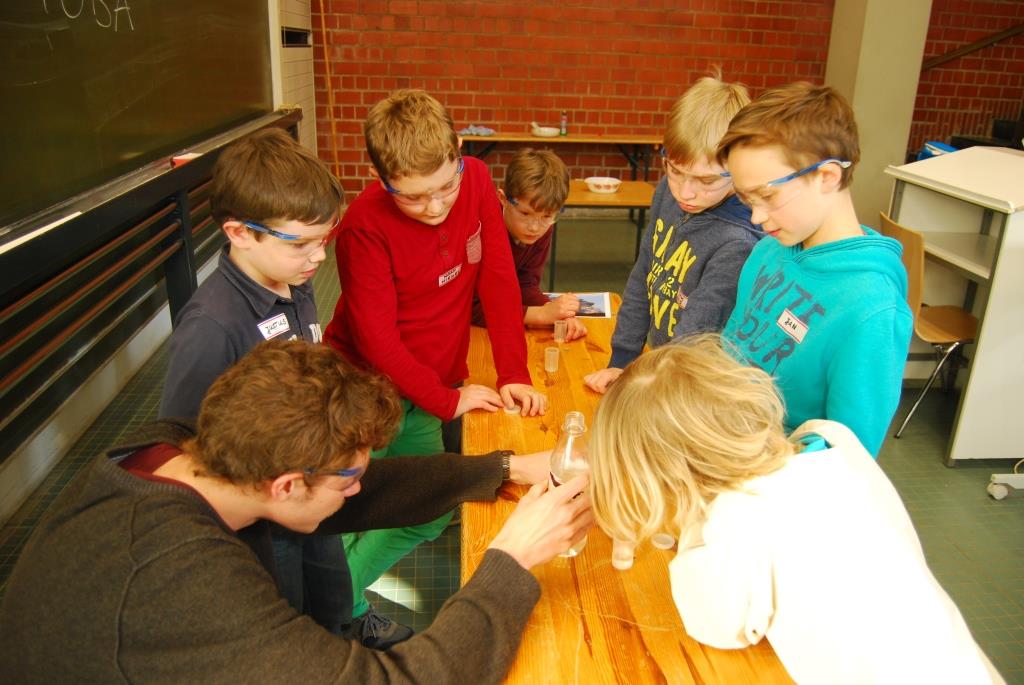
Experiment „Explosive Eruption“ – With fizzy tablets, water and film containers we visualize how an explosive volcanic eruption is triggered.
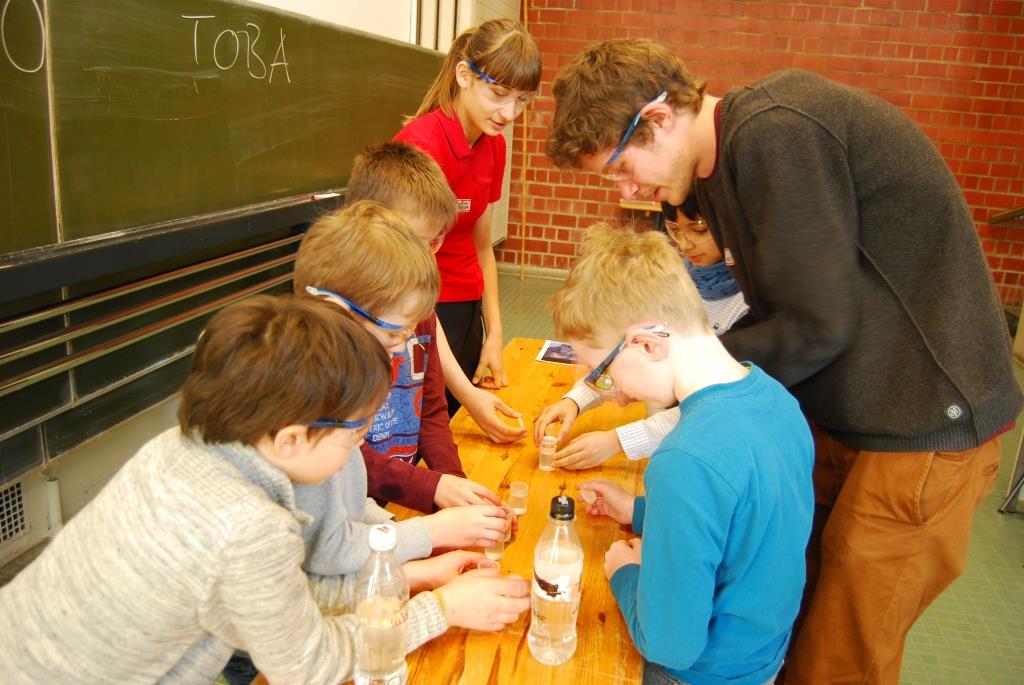
Experiment „Explosive Eruption“ – With fizzy tablets, water and film containers we visualize how an explosive volcanic eruption is triggered.
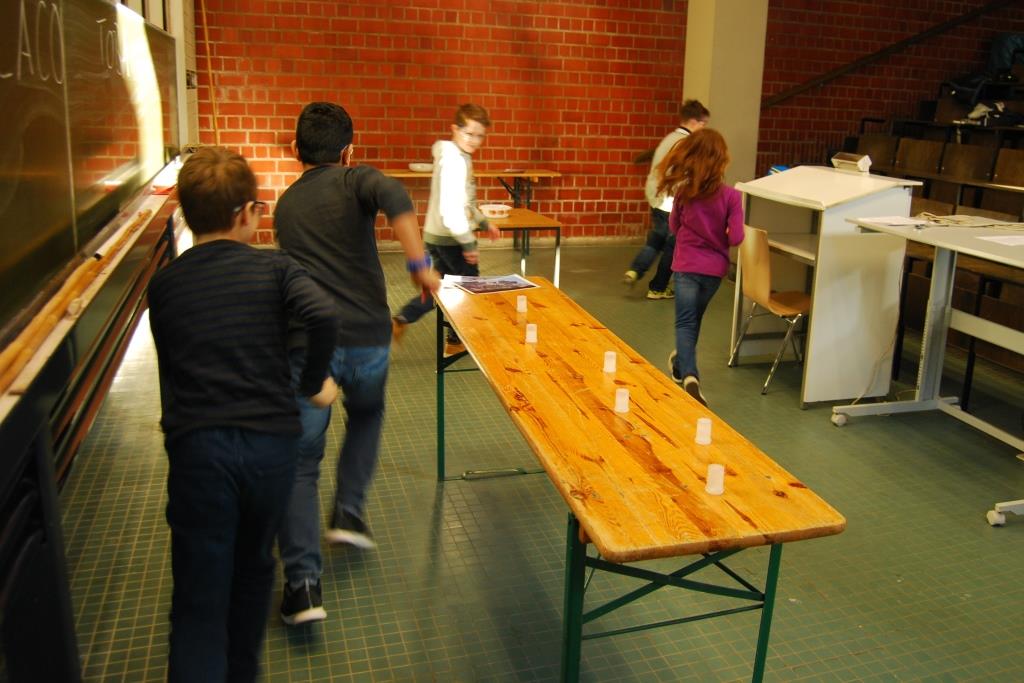
Experiment „Explosive Eruption“ – Ruuuuun! Volcanoes are unpredictable: there will be an eruption, but when???
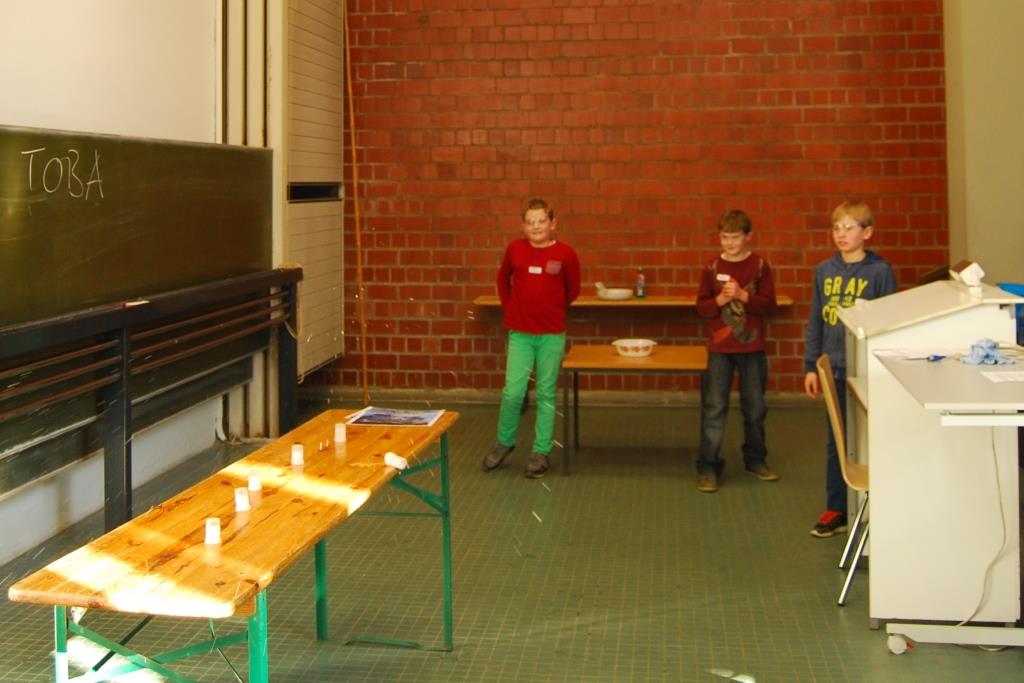
Experiment „Explosive Eruption“ – Waiting curiously for the explosions…
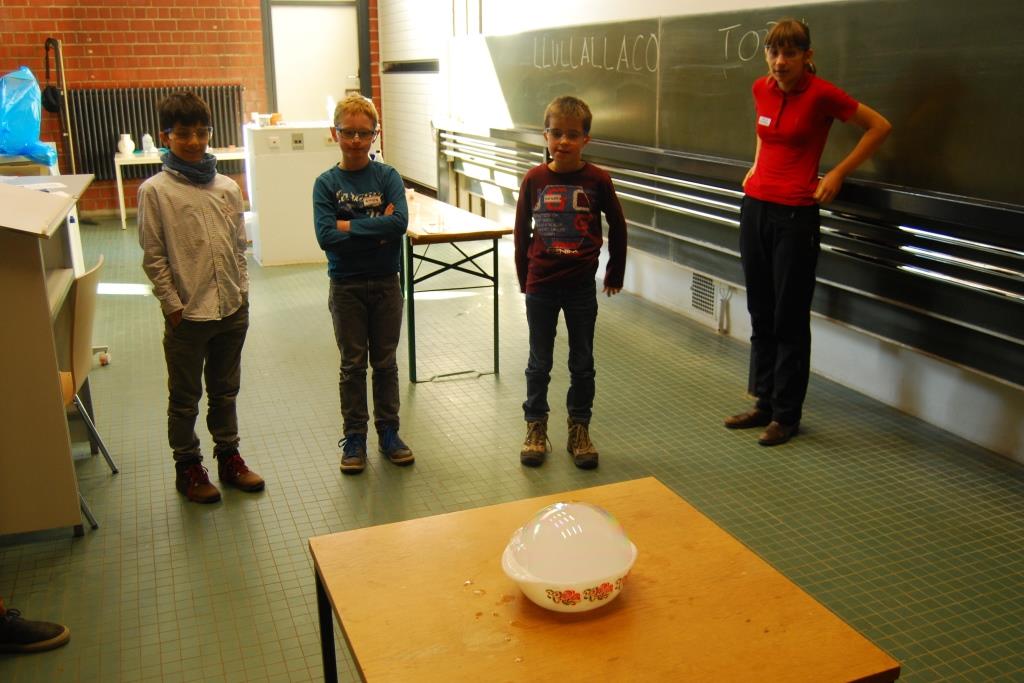
Experiment „Pyroclastic Flow“ – With dry ice we demonstrate how gas-and-ash flows form that shoot down volcanic slopes.
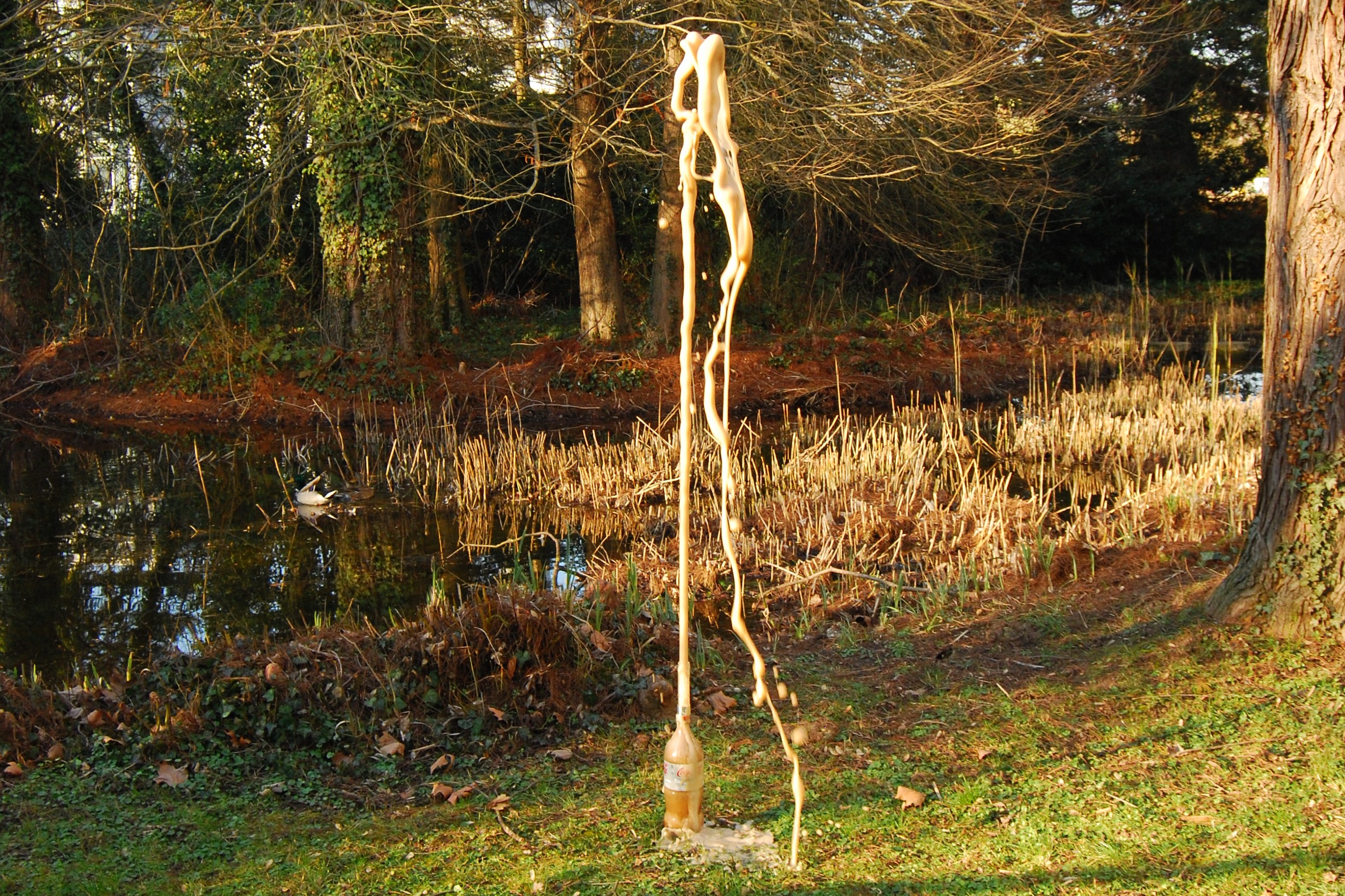
Big final: The eruption of the Cola-Mentos volcano!
In our workshop on volcanoes we investigated with 18 little volcano researchers eager for knowledge why volcanoes erupt, why some volcanoes form calmly flowing lava flows and why others explode in tremendous eruptions ejecting ash kilometers high into the air. In experiments we visualized with materials from daily life which are the factors that play an important role in volcanic eruptions. A highlight for many of the little researches was triggering their own “volcanic” explosion, where it showed quickly that volcanoes are unpredictable: there will be an eruption, but when??? The formation of so-called “pyroclastic flows”, currents of fast moving hot gas, ash and rocks that shoot down the slopes of the volcano at enormous speeds could also be demonstrated in an impressive way. Looking at volcanic ash at huge magnification under the Scanning Electron Microscope made it clear why so tiny particles can have such a disastrous effect on human and animal life and even brought the air traffic to a halt in Europe in the recent past. The big final of the workshop was the eruption of the Coke-Mentos volcano, which impressed the parents as much as their kids.



























